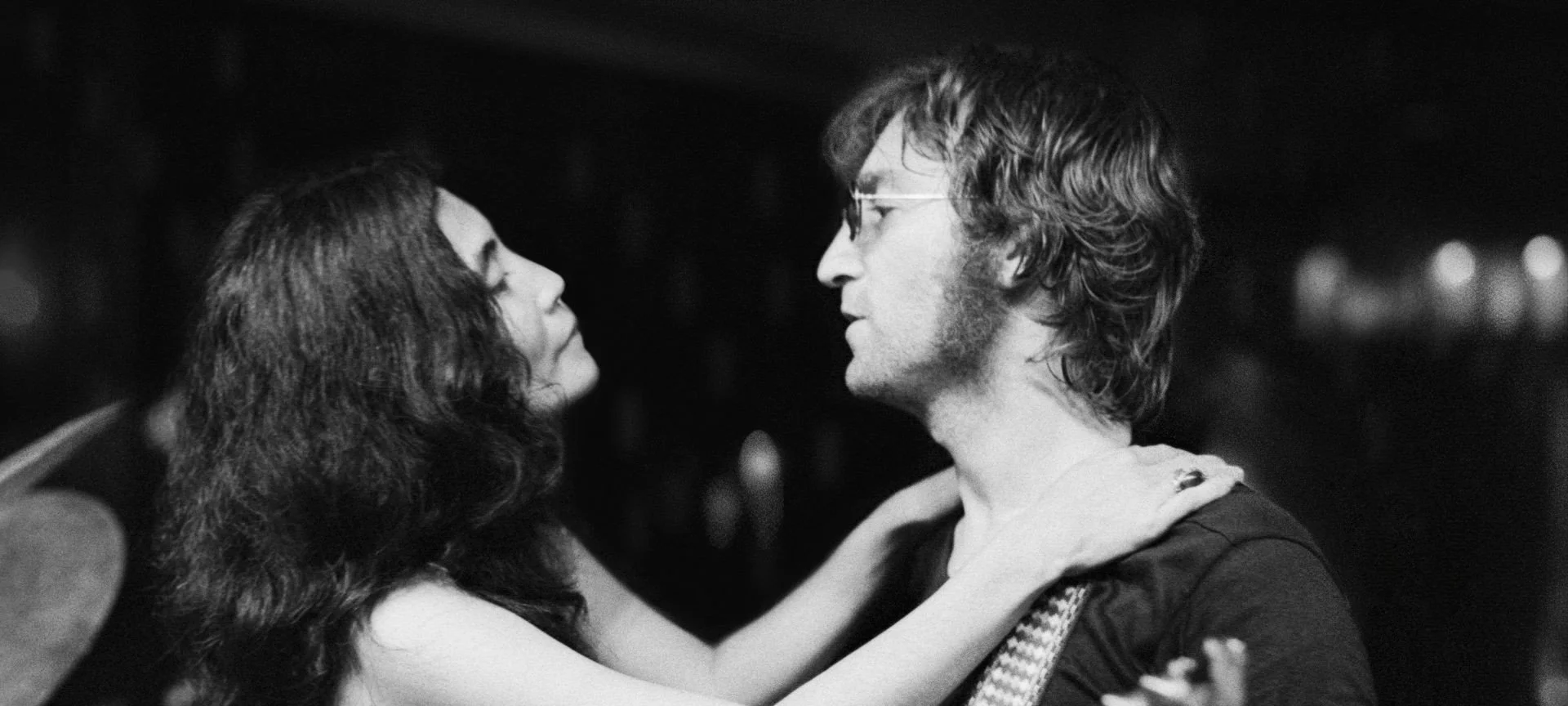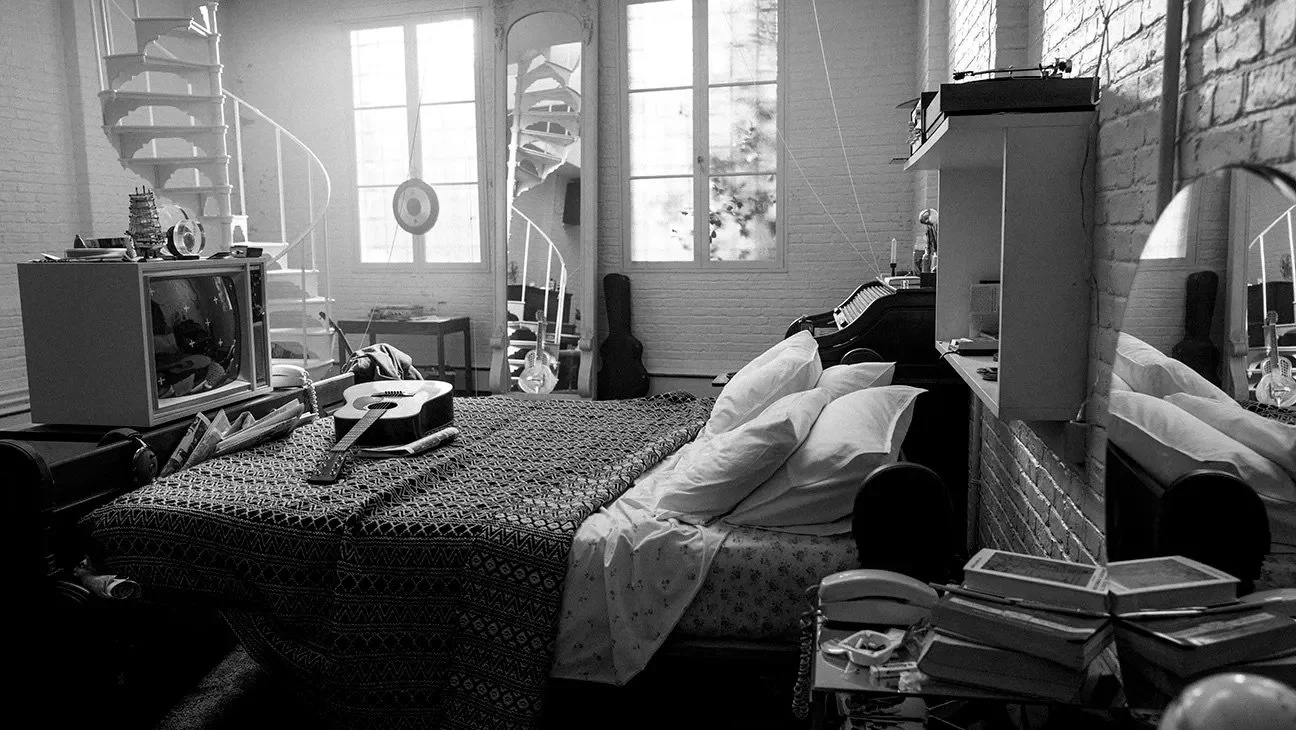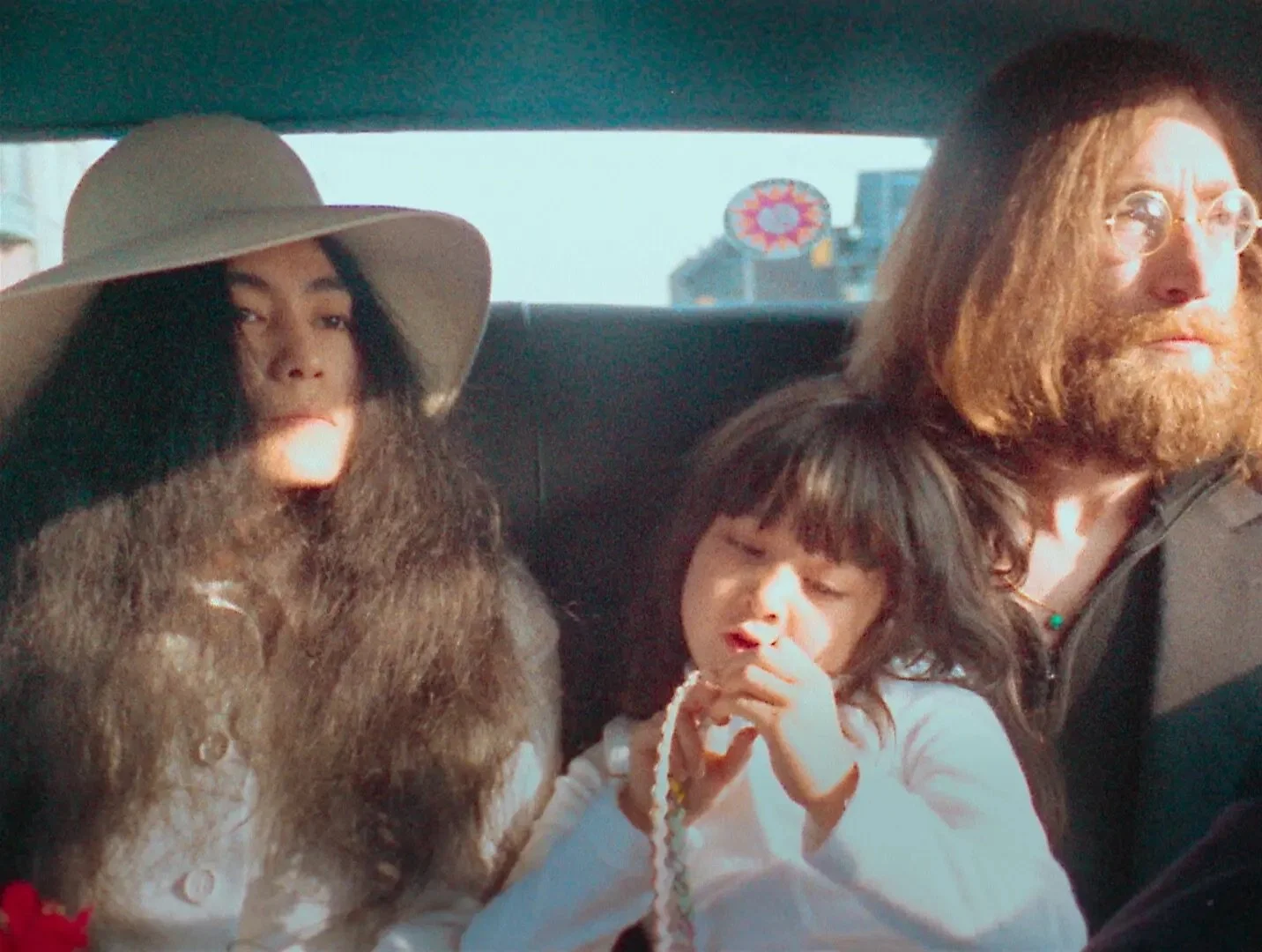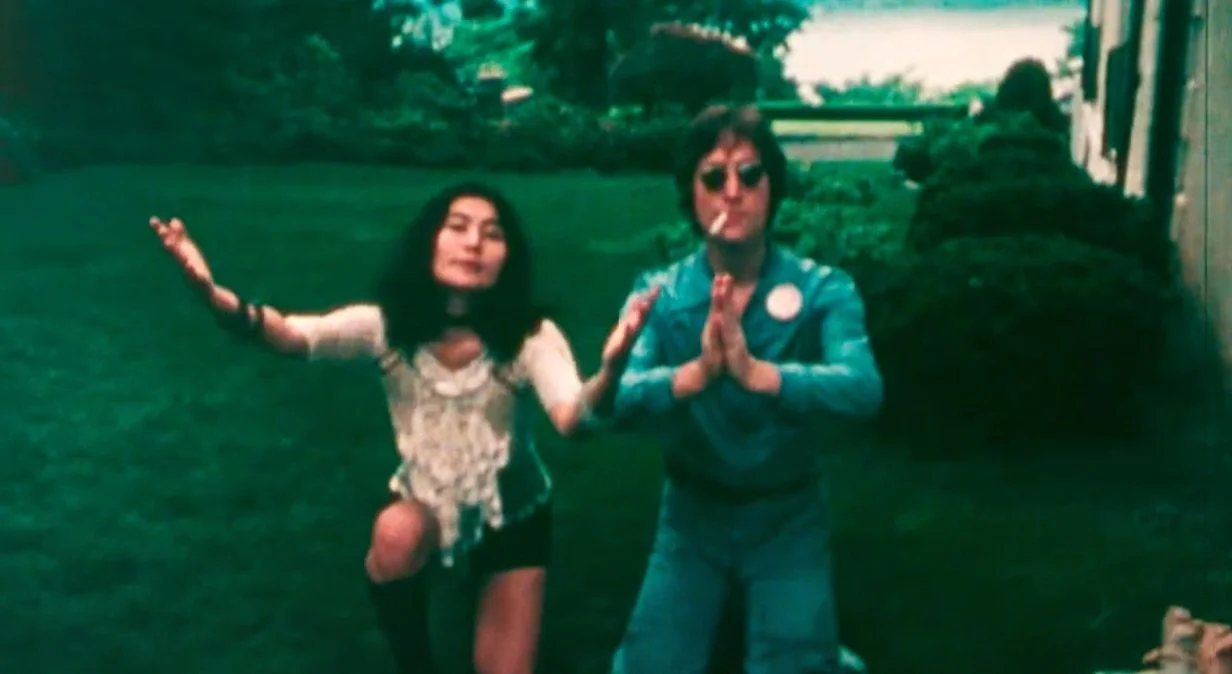One to One: John & Yoko Review — A Candid, Immersive Portrait of Lennon and Ono’s NYC Years
Yoko Ono and John Lennon in a scene from “One to One: John & Yoko.”Magnolia Pictures
A Sensory Tapestry of Love, Art, and Activism in the Shadow of the Beatles
Directed by Kevin Macdonald and co-directed and edited with uncommon sensitivity by Sam Rice-Edwards, One to One: John & Yoko offers a riveting, immersive window into a singular year in the lives of two of the 20th century’s most mythologized cultural figures. Focusing specifically on the early 1970s, the film zeroes in on Lennon and Ono’s first heady years in New York, culminating in their landmark 1972 benefit concert at Madison Square Garden for the residents of the Willowbrook State School.
Rather than opt for a traditional documentary format filled with talking heads and expository narration, Macdonald and Rice-Edwards take an impressionistic approach. Their canvas is a collage of rare archival footage, unreleased phone calls, home movies, and media ephemera that together form a sensory portrait of the couple’s political and creative ferment. The result is not so much a biography as a cinematic immersion—a stream-of-consciousness aesthetic that mimics the chaotic exuberance of the counterculture era itself.
From West Village to Willowbrook: The Radical Domesticity of John and Yoko
Yoko Ono and John Lennon in a scene from “One to One: John & Yoko.”Magnolia Pictures
The film opens with the couple ensconced in their Greenwich Village apartment—a cluttered, smoky, and palpably lived-in space where television hums, smoke coils, and Lennon casually strums guitars between interviews and activist meetings. These early sequences are rich in tone and texture, capturing the radical domesticity of a couple that was, for all their fame, still struggling to shape their voice in a rapidly shifting political landscape.
We learn of Lennon’s obsession with television not as idle pastime, but as a reflection of media’s role in shaping public consciousness. "Whatever it is, that’s the image of ourselves that we’re portraying," Lennon says early on, a comment that retroactively frames the documentary’s editorial ambition. Indeed, the film becomes an exercise in portraying not only the image of John and Yoko but the ideological battlegrounds upon which they fought: war, disability rights, consumerism, surveillance, and above all, the politics of perception.
Archival Density and Visual Velocity
Yoko Ono and John Lennon in a scene from “One to One: John & Yoko.”Magnolia Pictures
The editing is dense and rapid, oscillating between intimate home videos, concert footage, experimental art reels, and televised appearances. We move from the iconic to the obscure, from Allen Ginsberg discussing anal hygiene to Nixon’s 1972 electoral landslide. This juxtaposition, while sometimes dizzying, invites the viewer to engage actively with the material—to draw lines of continuity between Lennon’s personal vulnerabilities and the broader cultural dislocations of post-1960s America.
The documentary’s central thread—the One to One concert—serves as both narrative anchor and emotional crescendo. Organized in response to Geraldo Rivera’s exposé of the appalling conditions at the Willowbrook State School, the concert marked Lennon’s only full-length solo performance post-Beatles. Footage from that August 30th performance—featuring powerful renditions of “New York City,” “Come Together,” and “Mother”—is seamlessly intercut throughout the film. Ono’s contributions, including a searing performance of “Don’t Worry Kyoko,” remind us of her avant-garde vitality, even if the film occasionally sidelines her as the documentary’s narrative tilts toward her partner.
The Ghosts in the Frame: Absences and Omissions
Yoko Ono and John Lennon with Ono’s daughter, Kyoko, in a scene from “One to One: John & Yoko.”Magnolia Pictures
Yet for all its riches, the film leaves critical gaps. It glosses over May Pang and the so-called "Lost Weekend"—a period of estrangement and reconciliation in Lennon and Ono’s relationship that would complicate the tidy arc the documentary presents. Ono’s art is evoked more than it is explicated, relegated at times to humorous anecdotes like her infamous request for 1,000 houseflies for an unrealized project. Admirers of her work might find the balance between irreverence and reverence too heavily skewed.
Even so, Ono’s influence permeates the film, not only as a subject but as an architect of the aesthetic philosophy that drives it. The decision to avoid didactic commentary, the choice to let archival material speak for itself, the insistence on juxtaposing the banal with the profound—these are acts of artistic resistance in and of themselves. They reflect Ono’s conviction, often misunderstood or misrepresented, that art should provoke, disorient, and destabilize fixed narratives.
POPULAR ON THE CINEMA GROUP
Political Spectacle and Poetic Resistance
Yoko Ono and John Lennon in a scene from “One to One: John & Yoko.”Magnolia Pictures
Perhaps the most striking aspect of One to One is its refusal to separate the personal from the political. The film invites us to see Lennon and Ono not as mythic figures but as fallible humans whose creative and romantic union was inseparable from their activist commitments. Whether sparring with journalists, sparking awkward silences on The Mike Douglas Show, or simply holding hands backstage, they emerge as deeply earnest agents of change.
At a time when celebrity activism often veers toward the performative, the documentary reminds us of a moment when art and action were not merely aligned but indivisible. It also reminds us—through montage, music, and mood—how easy it is to forget the real stakes beneath the spectacle.
RATING: ★★★★☆
THE CINEMA GROUP
YOUR PREMIER SOURCE FOR THE LATEST IN FILM AND ENTERTAINMENT NEWS













